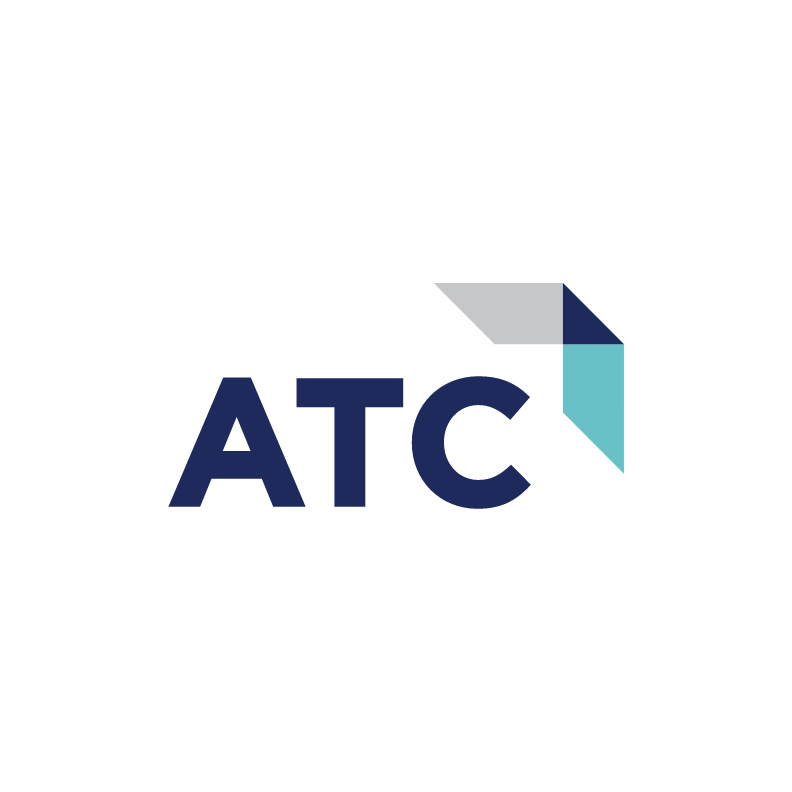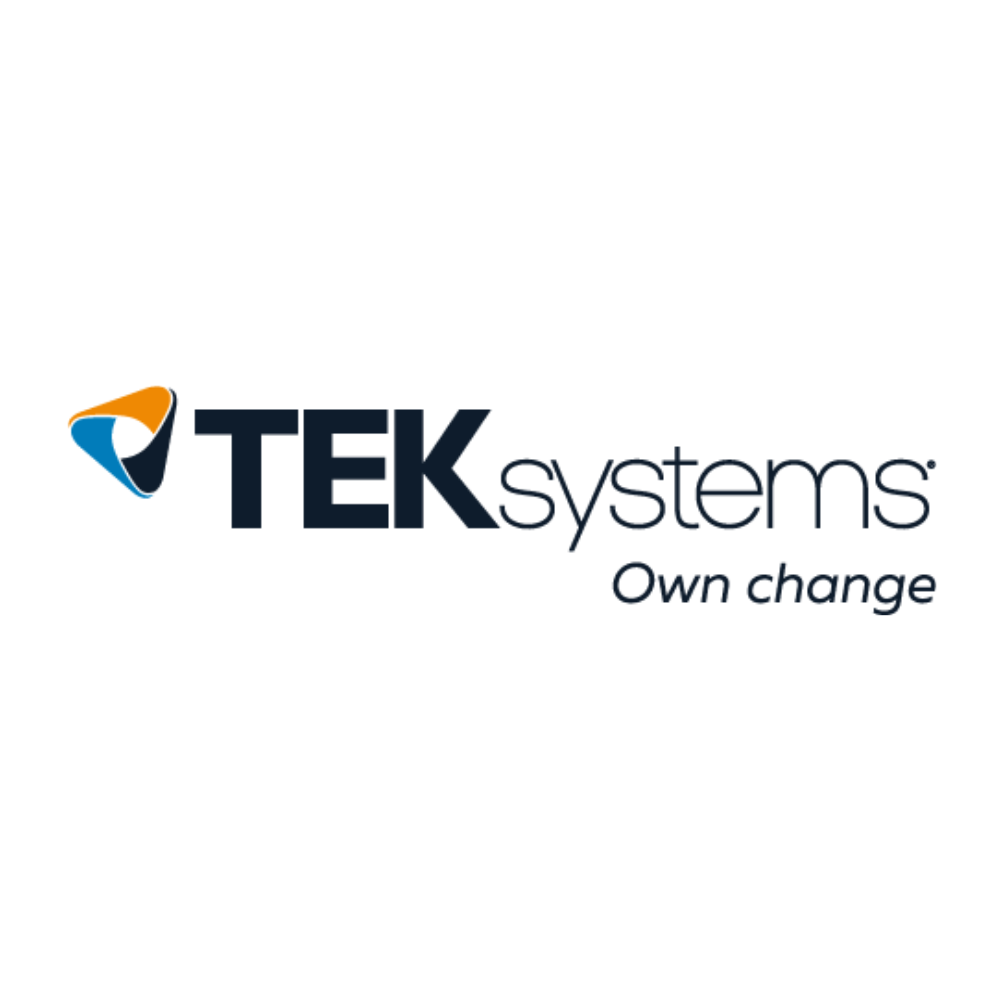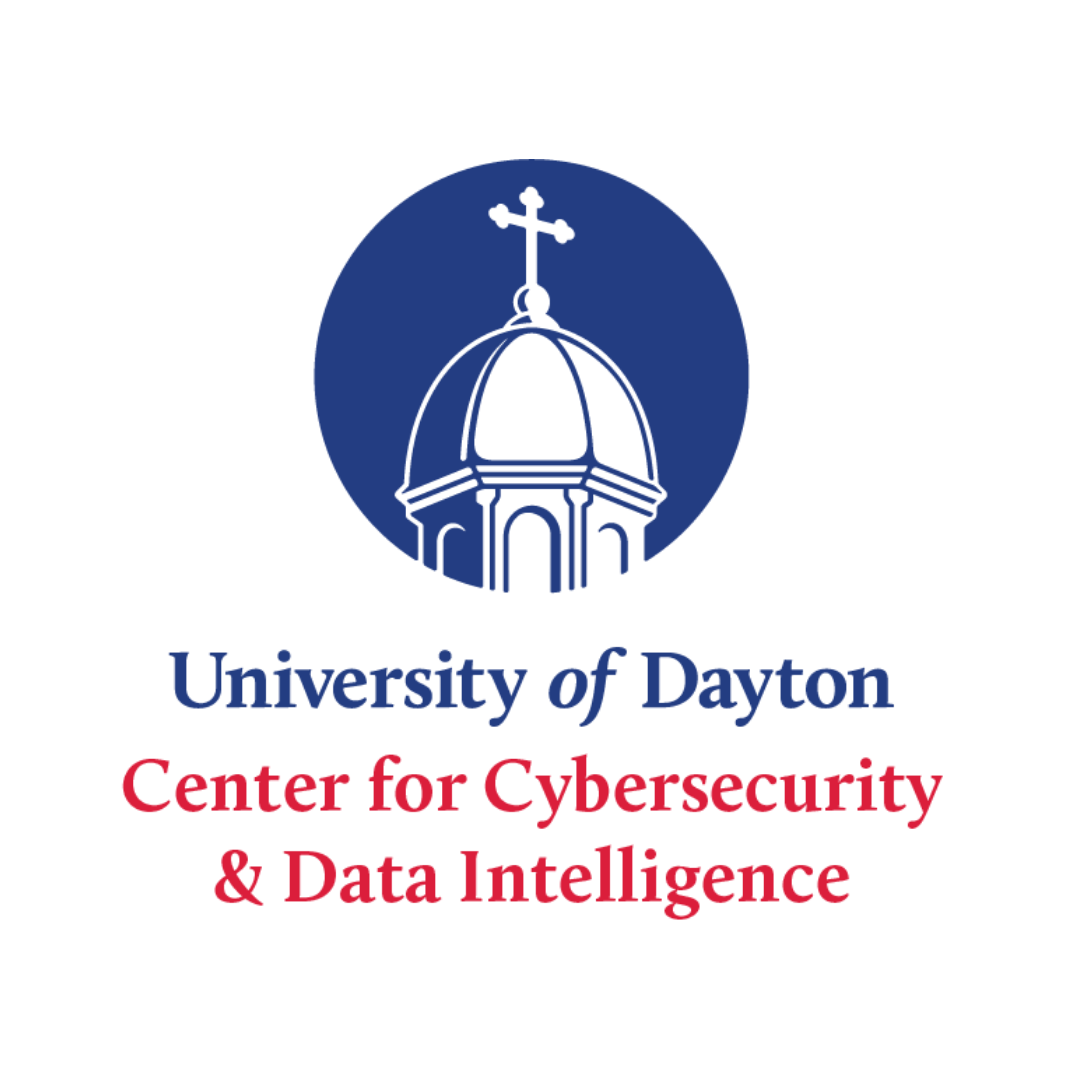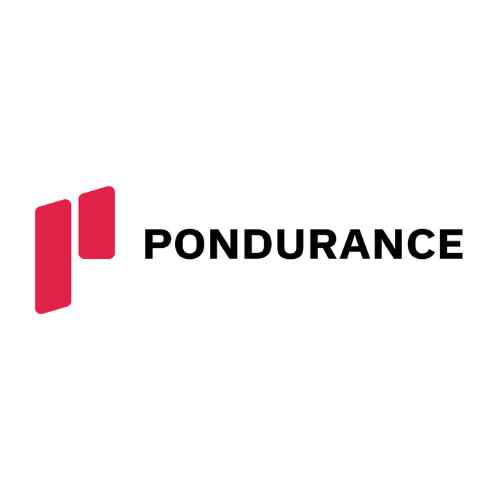
Whether you’re handling customer information, financial records, or proprietary product details, safeguarding that data isn’t just a compliance requirement; it’s critical to maintaining customer trust, brand reputation, and the overall health of your business. However, small and midsized businesses (SMBs) often face unique challenges, such as limited IT resources and tighter budgets, making data security all the more challenging.
Why Data Security Is Critical for SMBs
- Brand Reputation and Customer Trust
A single data breach can undermine years of hard-earned trust. Small and midsized businesses often rely on close customer relationships and community reputation. Maintaining robust data security measures ensures customers feel safe doing business with you.
- Regulatory Compliance
Various regulations like PCI and HIPAA require strict data protection. Non-compliance can result in hefty fines and legal trouble, creating significant financial strain for SMBs.
- Preventing Operational Disruptions
Cyber attacks can cause severe downtime, impacting your ability to serve customers. Considering SMBs typically have leaner teams, recovering from a security incident can take more time, causing a ripple effect of lost revenue and productivity.
- Competitive Advantage
In many industries, security assurances are becoming a key differentiator. Demonstrating rigorous data protection can help win new clients, particularly those who handle sensitive information.
Common Security Risks Facing SMBs
- Phishing Attacks
Cybercriminals often use deceptive emails or messages to trick employees into divulging login credentials, credit card numbers, or other sensitive information. SMBs can be especially vulnerable because they may lack formalized security protocols or employee training programs.
- Ransomware
Ransomware is a type of malicious software that encrypts your data, rendering it unusable until a ransom is paid. Smaller businesses might feel pressured to pay due to limited resources and backup systems, making them prime targets.
- Insider Threats
Employees, contractors, or partners with legitimate access can inadvertently (or intentionally) expose or misuse data. SMBs often have flat hierarchies and broad access privileges, which can increase the risk of insider threats.
- Unsecured Network and Devices
SMBs may rely on a mix of personal and company-owned devices, and employees might connect from unsecured networks. This creates multiple potential entry points for hackers to exploit.
Essential Data Security Best Practices
-
Implement Strong Authentication
- Use Multi-Factor Authentication (MFA): Adding a second verification step—such as a text message code, biometric scan, or app-based token.
- Limit Logins to Company-Owned IP Addresses: Configure access controls to allow remote access only from whitelisted IP addresses owned by the organization. This approach minimizes unauthorized login attempts by ensuring that only connections originating from your internal network or approved gateways can reach critical systems.
-
Encrypt Sensitive Data
- Data at Rest: Store files in encrypted formats, whether on-premises or in the cloud. Modern operating systems offer built-in disk encryption such as Bitlocker, and many cloud services include encryption features.
- Data in Transit: Use secure protocols (HTTPS, SSL/TLS) for data transfer, ensuring information is protected as it moves between internal systems or over the internet.
-
Regular Software Updates and Patch Management
- Automated Updates: Whenever possible, enable automatic updates to keep operating systems, antivirus software, and applications current.
- Patch Management Tools: If you have multiple devices or servers, consider a patch management solution that lets you schedule and track updates from a central console.
-
Frequent Data Backups
- Off-Site or Cloud Backups: Keep copies of critical data in multiple locations—ideally in encrypted, secure cloud storage.
- Test Recovery Processes: A backup is only as good as your ability to restore it. Run periodic recovery drills to ensure backups are functioning properly.
-
Network Segmentation
- Limit Lateral Movement: If a hacker gains access to one part of your network, you want to prevent them from moving freely to other systems. Segment your network to create isolated environments for sensitive information.
- Access Control Lists (ACLs) and Firewalls: Restrict network traffic between segments using firewalls and ACLs.
-
Employee Training and Awareness
- Phishing Simulations: Conduct regular phishing tests to help employees recognize suspicious emails.
- Clear Security Policies: Provide guidelines on handling data, using personal devices for work, and reporting potential threats. Clear policies help your team make secure decisions daily.
-
Endpoint and Anti-Malware Protection
- Robust Antivirus/Anti-Malware Solutions: Deploy reputable security software to monitor and block known threats.
- Device Management: Use Mobile Device Management (MDM) or endpoint management tools to enforce security policies on company- or employee-owned devices.
Getting Started with a Data Security Strategy
- Conduct a Risk Assessment
Identify the most critical systems, data assets, and vulnerabilities. This will help you prioritize your security investments where they can make the biggest impact.
- Create an Incident Response Plan
Plan out step-by-step procedures for handling security breaches or suspicious activity. Clearly define roles and responsibilities for your team and detail how you’ll communicate with customers, partners, and authorities.
- Allocate a Security Budget
Assess how much you can realistically invest in data security tools, training, and personnel. Even modest budgets can fund essential solutions—like antivirus software, firewalls, and backup systems.
- Train Your Staff
A security system is only as strong as its weakest link—often human error. Regular training sessions and easy-to-understand policies can turn employees into your first line of defense.
Conclusion
Data security is no longer a “nice to have”—it’s a critical component of running a successful and trusted small or midsized business. Cyber threats evolve daily, and SMBs must remain vigilant to protect sensitive information, maintain compliance, and keep operations running smoothly. By implementing strong security practices—like multi-factor authentication, encryption, network segmentation, and ongoing employee training—you can significantly reduce your risk profile and safeguard your business.
Remember: cybersecurity is a journey, not a destination. Stay informed about evolving threats and emerging best practices and continually refine your security measures. With a proactive and well-rounded approach, your SMB can secure its valuable data, build customer trust, and thrive in an increasingly digital marketplace.
Josh Barrett is the Co-founder of BlueHat, a technology success partner specializing in cyber security and IT services for the mid and small business markets. Josh graduated from UC with a degree in cybersecurity, has been a practicing professional for more than 12 years, Josh is CISSP certified.














.png)




